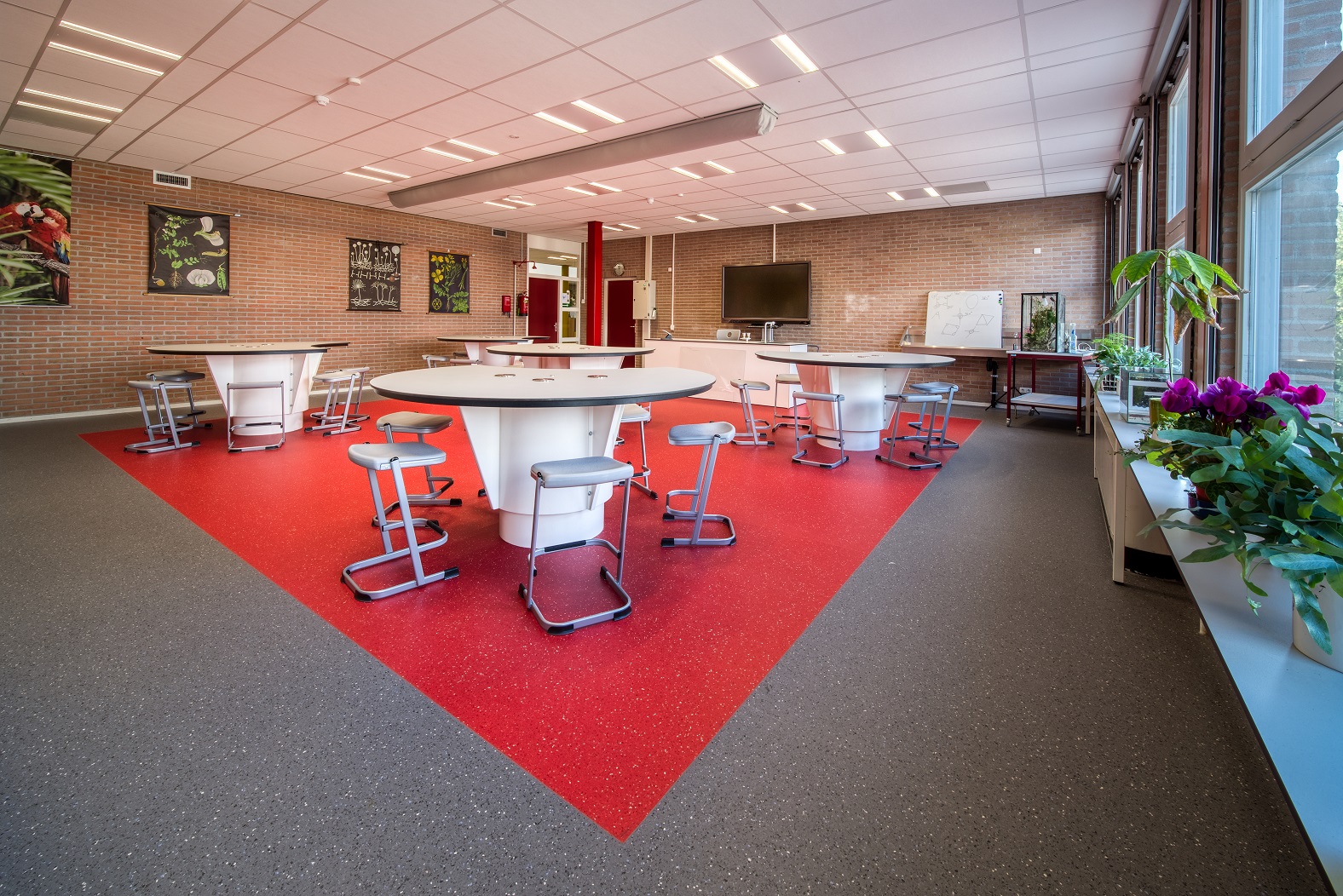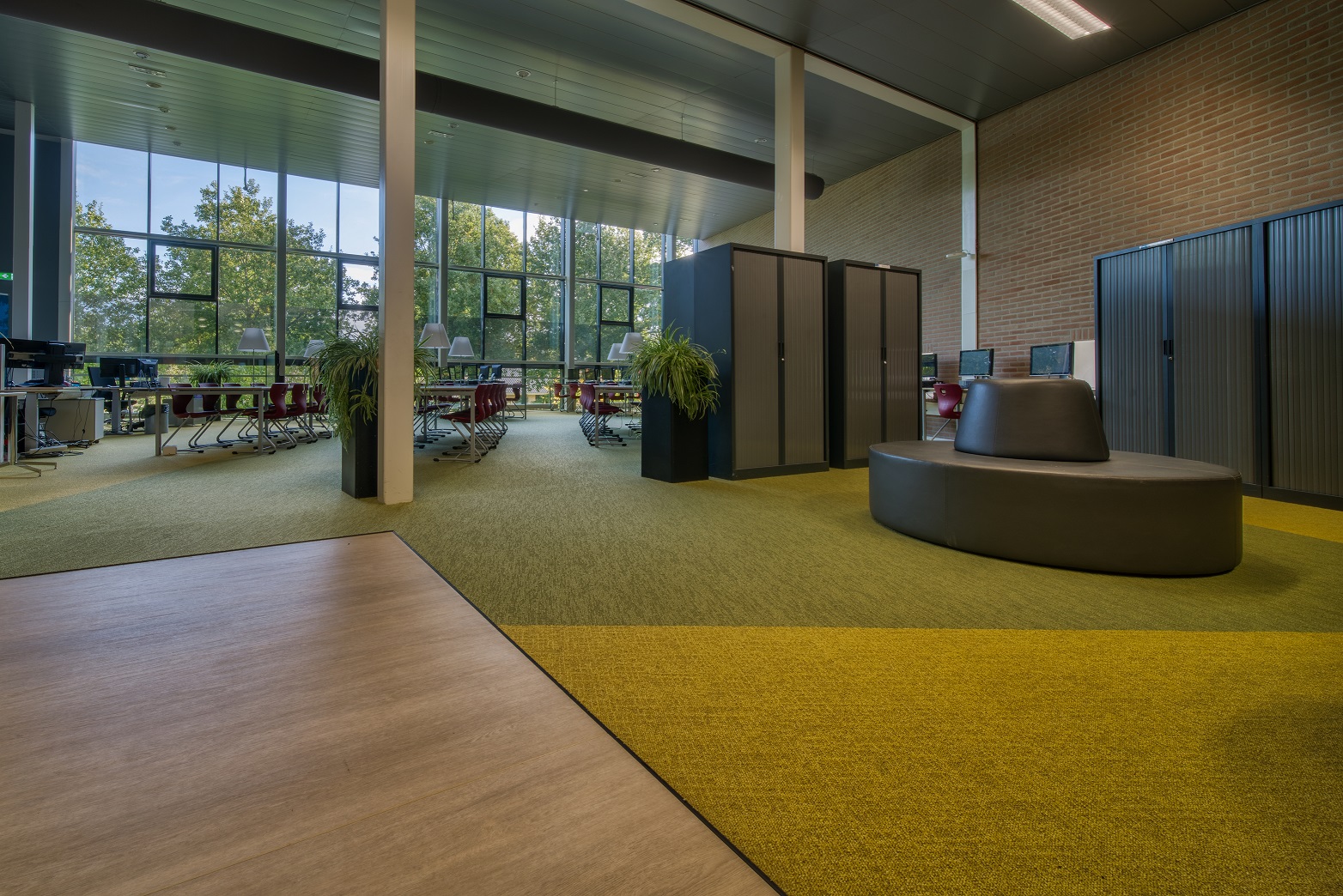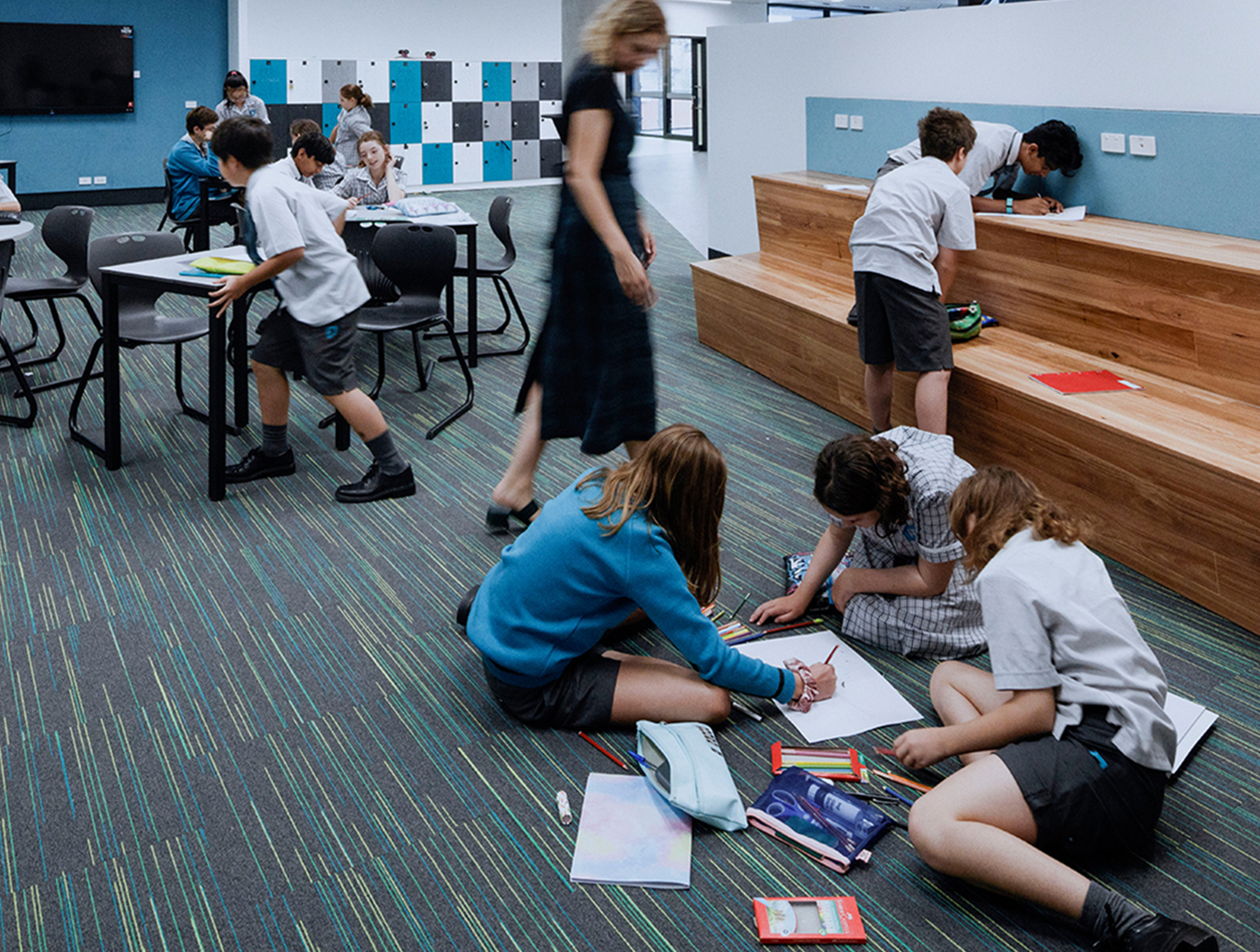State educated children spend five days out of every seven at school, most of the time indoors. Recent studies show that the air inside a building is up to five times more polluted than air outside. This is largely attributed to concentrations of Volatile Organic Compounds (VOCs), dust and allergens.
One of the highest risk factors for developing asthma, especially among infants, is exposure to indoor allergens. In fact, studies show that 1 in 11 children in the UK suffer from asthma - making it a major contributor to school absenteeism.
To improve indoor air quality, particular attention must be given to airborne particles such as dust and VOCs. It’s important to look at reducing emissions at the source, by carefully choosing construction materials, furniture, and cleaning agents.
Working towards a better indoor environment
Improving indoor air quality can be achieved through careful selection of floor or wall coverings, paint, cleaning products and air fresheners. Not all products are of the same quality, VOC levels can vary, and some products still contain phthalates which have been linked to respiratory disease.
Shaz Hawkins, Tarkett’s Segment Marketing Manager for Education, has a few tips when it comes to selecting materials to improve indoor air:
The other simple things schools can do to help improve indoor air quality is to open windows allowing fresh air flow, vacuum more frequently to capture pollutants that have fallen to the ground and incorporate indoor plants.
For more information on how to improve the air quality in your school and to see what solutions we offer and how we can support you visit -
https://professionals.tarkett.co.uk/en_GB/node/indoor-air-quality-10606


